by Cristina Balbas-Martinez
Cristina Balbas has a PhD in Molecular Biomedicine and is also trained in early childhood education.
In 2013 she co-founded Escuelab, a social enterprise that provides access to a practical, interactive scientific education, promoting research vocations and developing skills for the future amongst Spanish pupils.
Economies worldwide are increasingly in need of professionals with skill sets and backgrounds in STEAM education. In Europe, employment in STEM-related sectors is expected to rise by around 6.5% between now and 2025[1], but there are concerns that the supply of STEAM skills may be insufficient and constrain Europe’s economic growth.[2]
A Closer look at STEAM in Europe
According to the European Commission Rocard Report on Science Education[3], European educators fail to teach science in engaging, effective ways at primary school. Student’s attitudes are defined by age 14, so this results in a lack of STEAM vocations. For example, between
Even though inquiry-based education is largely recognised as the best approach for science, it is far from widespread in European primary education, due mainly to teacher’s lack of time, confidence and training.
The situation in Spain is worsened by elementary school educational system issues, including teacher training, curriculum design and official requirements for school facilities.
[1] https://onlinedegrees.sandiego.edu/steam-education-in-schools/#why-steam
[2] https://www.cedefop.europa.eu/en/data-insights/rising-stems#n2
[3] https://www.eesc.europa.eu/en/documents/rocard-report-science-education-now-new-pedagogy-future-europe
Does Science need a Specialist Approach?
Early years science teachers in Spain are generalists, not specialised by subject. You only need to study 2-3 STEAM-related subjects at university. This contributes to a lack of knowledge and experience when approaching STEAM subject teaching.

Some highly-motivated teachers fill this knowledge gap by enrolling into specialised further training or investigating innovative methodologies and coming up with teaching materials on their own. However, the vast majority of them find it easier to continue teaching STEAM subjects following textbooks, with a heavy theoretical focus.
In addition, the Spanish primary school curriculum is extremely specific. In practical terms, this means teachers are usually in a hurry to cover all required material during the school year. This leaves little time for experimental STEAM work, since it can take longer to teach and could slow the rhythm of the class. This is especially true with large classes; the current official ratio of teachers:students in elementary schools is 1:25, making it very hard.
Successful STEAM Integration Requires Seamless Coordination
Looking at STEAM-related subjects in Spanish elementary schools, students must take mathematics, natural sciences and artistic education at every level.
There is no subject related to technology or engineering in the official curriculum, though using new technologies is contemplated in a transversal way. Moreover, subjects are treated separately in the Spanish official curriculum, not drawing links between them and sometimes even addressing complementary content in different years, in a disconnected way.
Since interdisciplinary work is at the heart of STEAM methodologies, a rigid curriculum makes it very hard to implement. The few places that manage to do it list willingness to deal with bureaucracy and high levels of coordination between teachers as keys to success.
Finally, there is a logistic issue that also affects the feasibility. Public primary schools are not required to have any laboratories for natural science work or IT. This means any kind of hands-on work has to be adapted to available facilities, usually regular classrooms without specialised instruments or water sources. These are not essential to implement STEAM, but pose challenges for teachers.
New Curriculums will Spearhead Positive Change
Fortunately, the situation is starting to change. The new version of the Spanish primary school curriculum – which is being worked on and not yet implemented in practice – claims to have lessened the level of details covered in science. The new curriculum will allegedly evaluate student performance based on their competences while applying knowledge, rather than on memorising facts. There will undoubtedly be an adaptation period, but chances are they will contribute to improving the quality of STEAM education in Spain.
At Escuelab we aim to improve STEAM training and 21st century skills in students, with a special focus on those at social risk. Currently, only children who can afford private school or extracurricular STEAM and 21st century-skill training benefit from inquiry-based learning in Spain.

Thanks to our project, children have the chance to realise their scientific potential and improve their future prospects, regardless of their family’s financial situation.
Spanish STEAM education requires a joint effort. The government-driven change in curriculum is a good first step, but compulsory training for elementary school teachers, lower ratios in the classroom and teacher freedom to select study topics must follow. The economy will continue to demand STEAM profiles and projects to bridge the gap.


